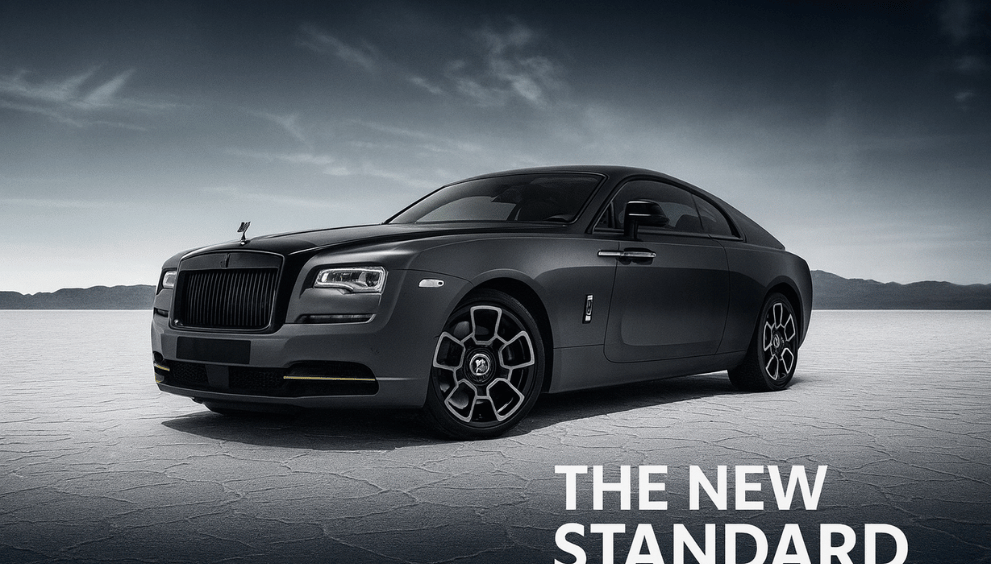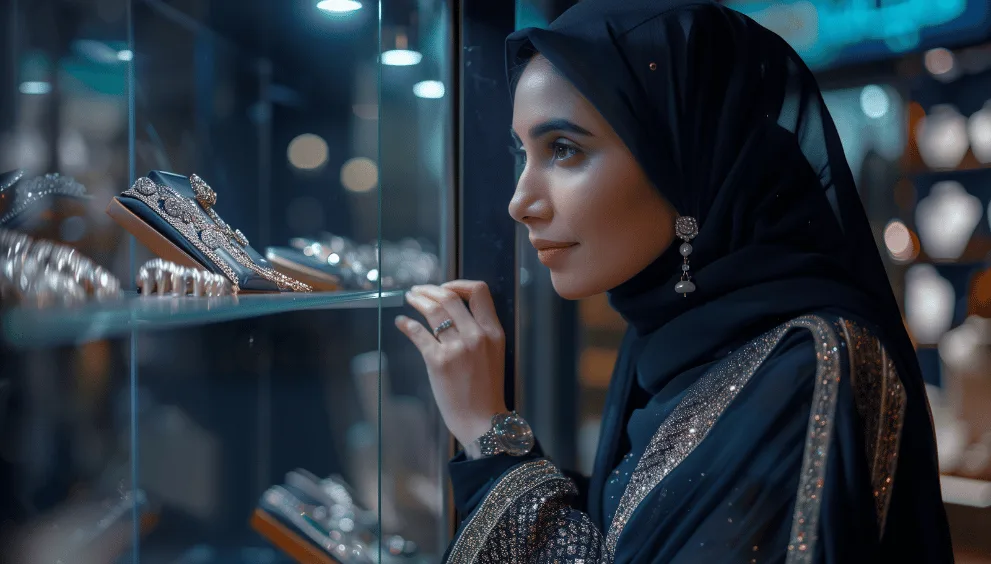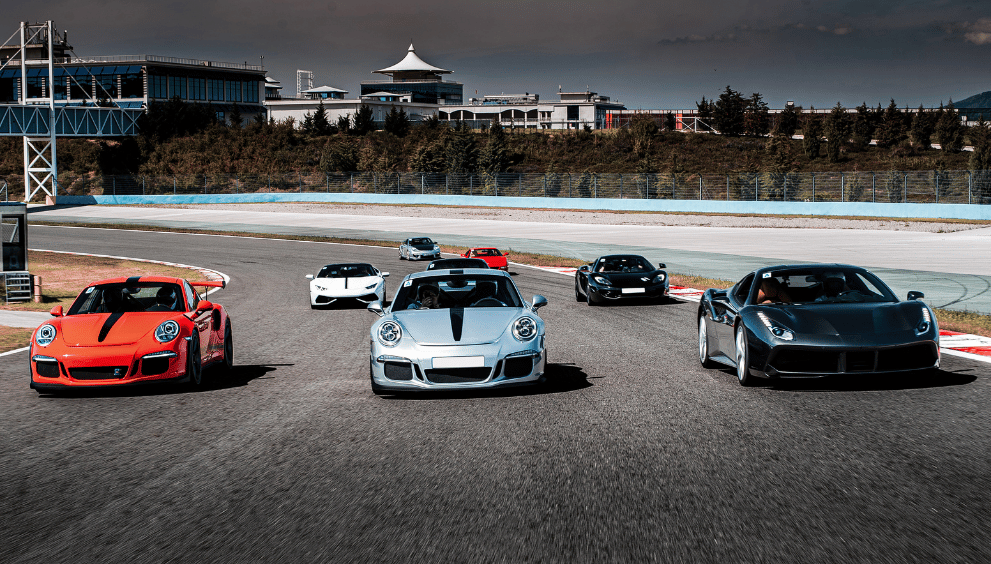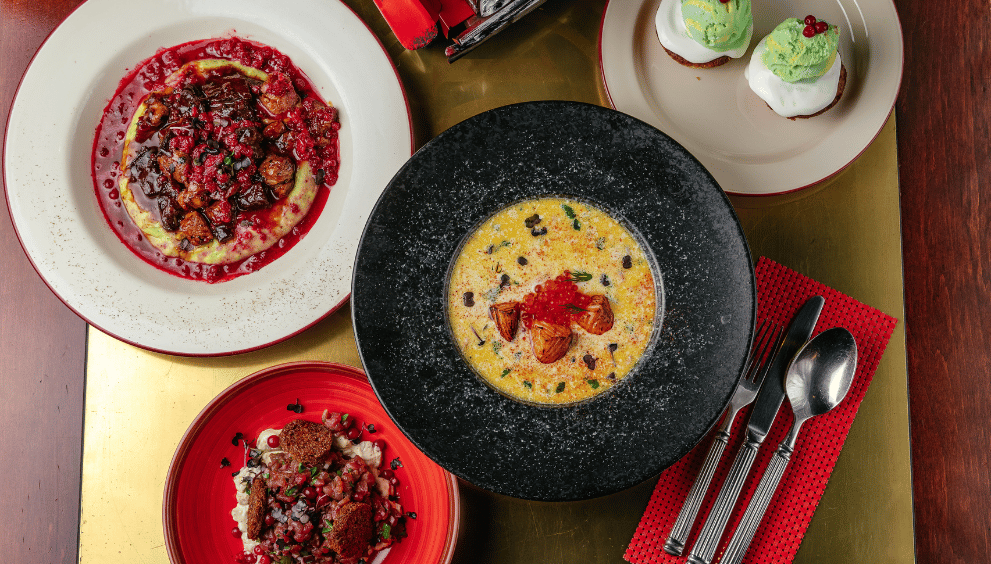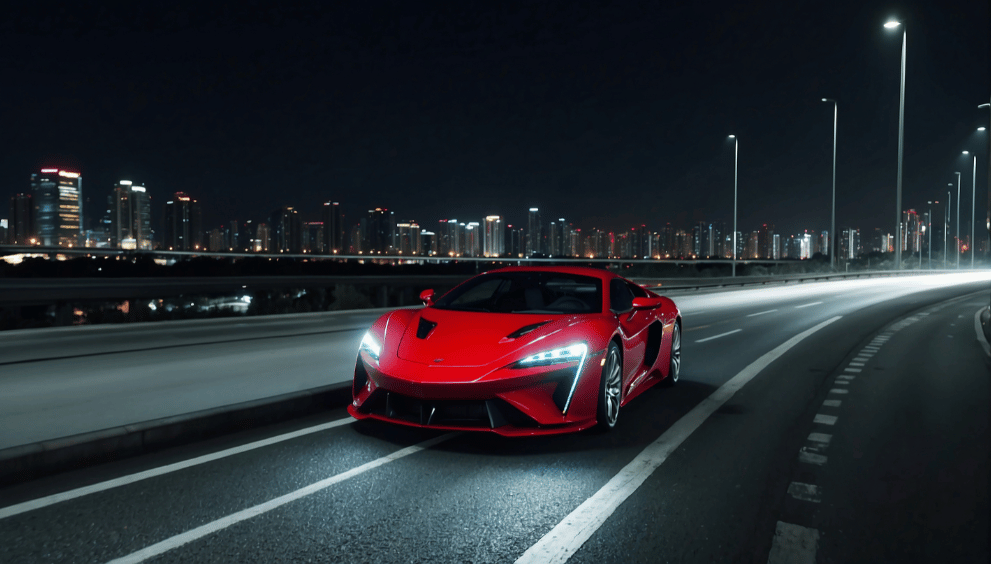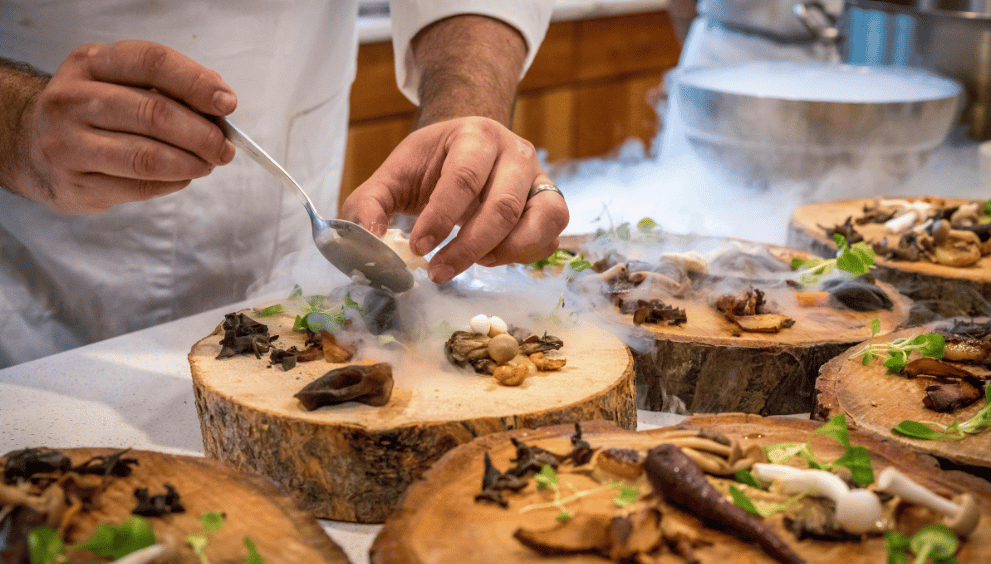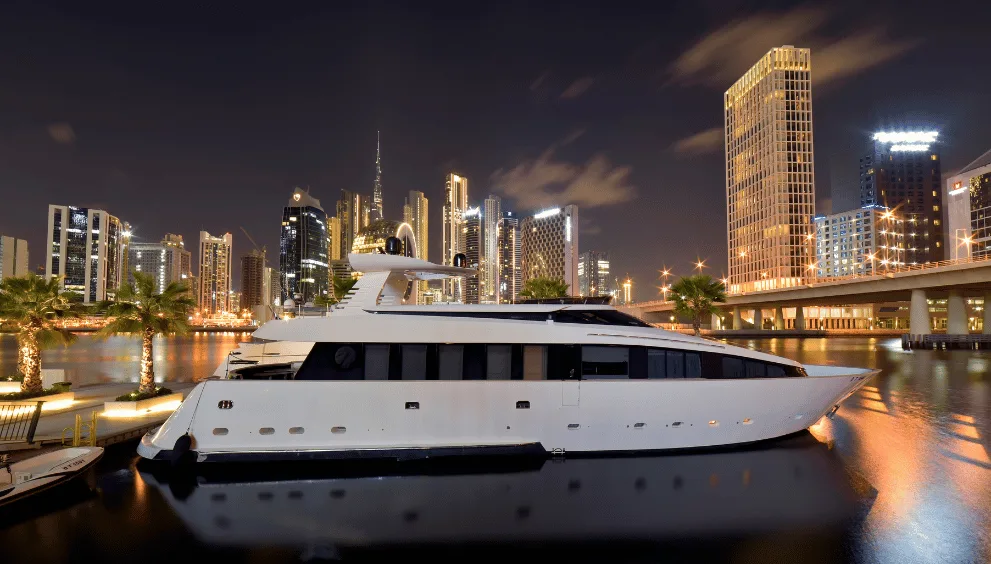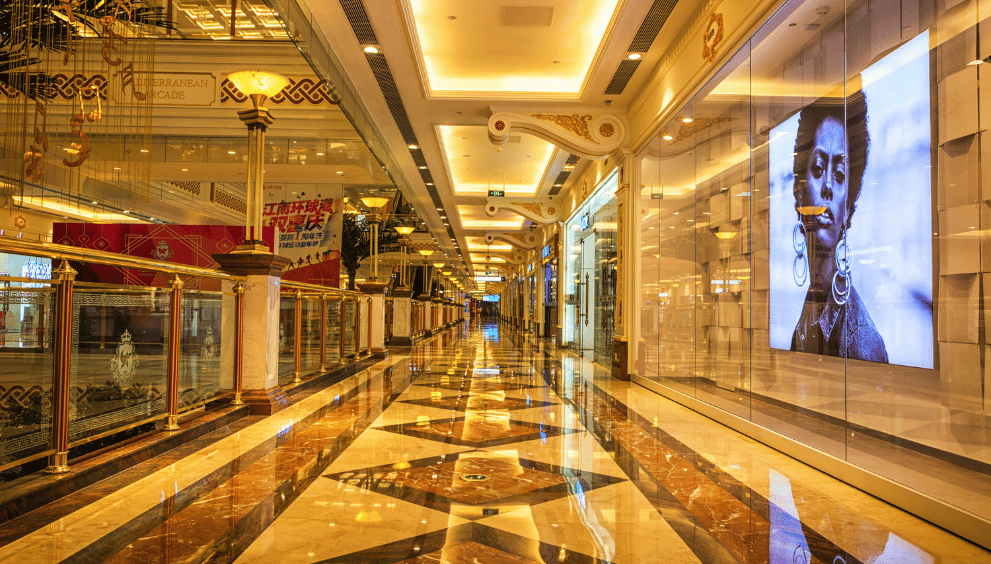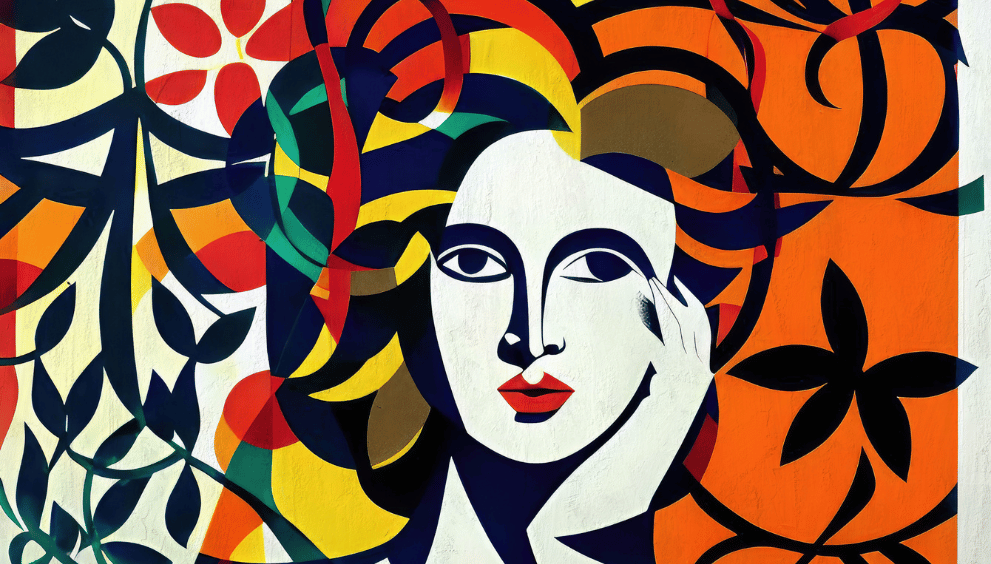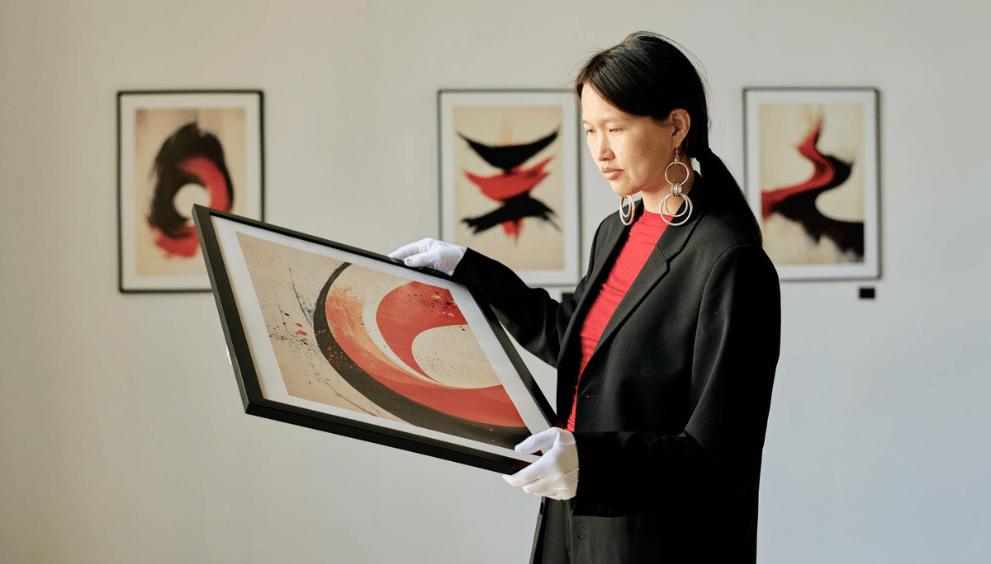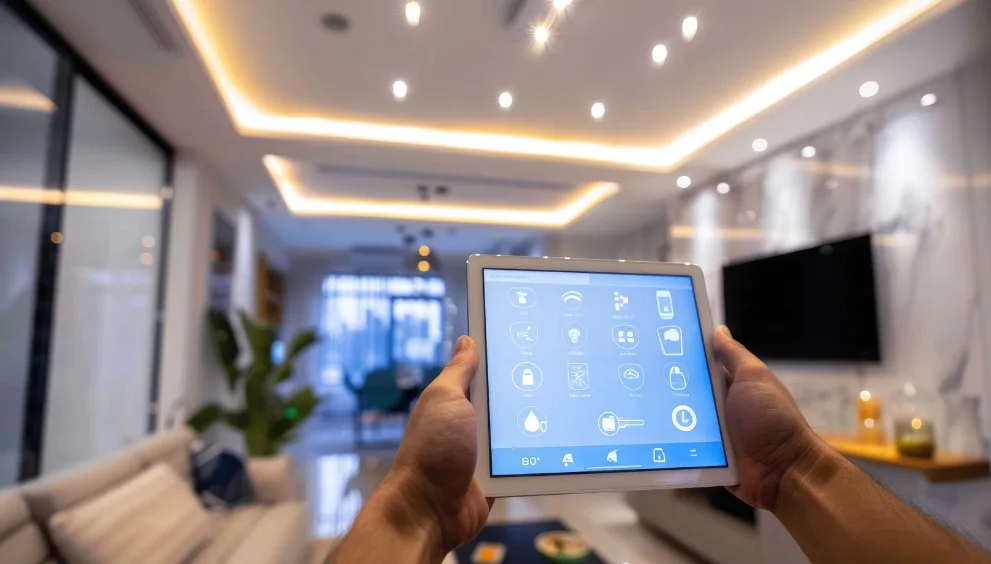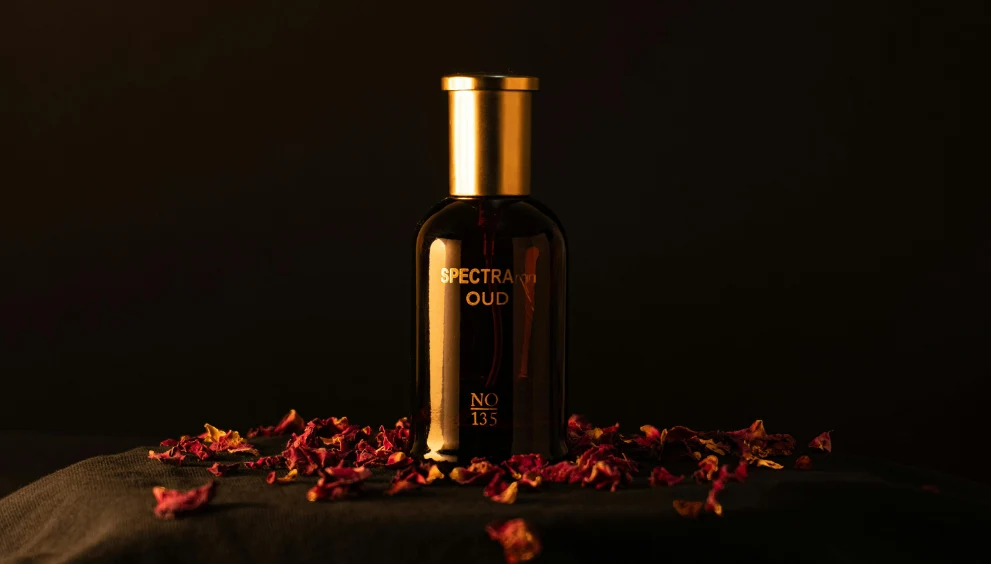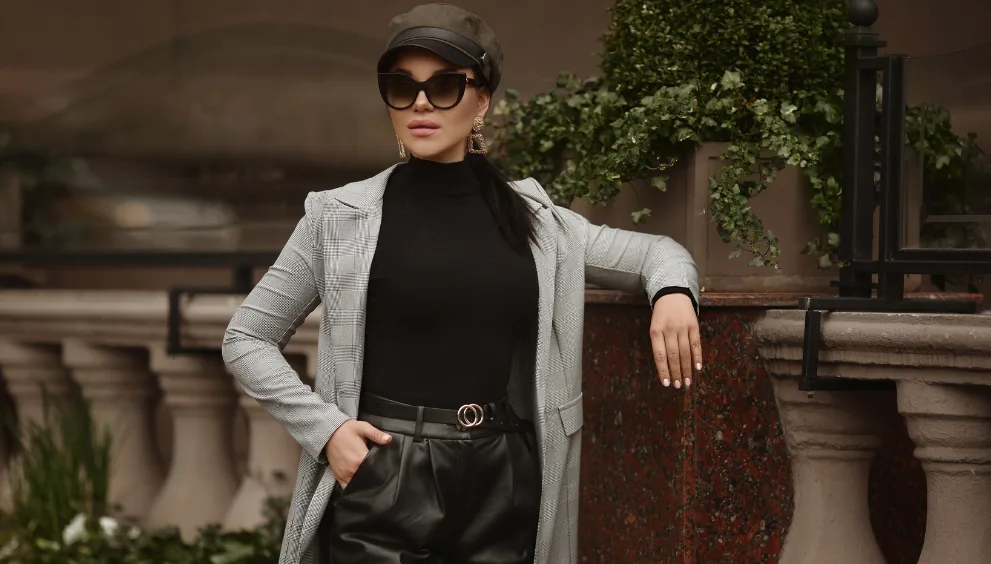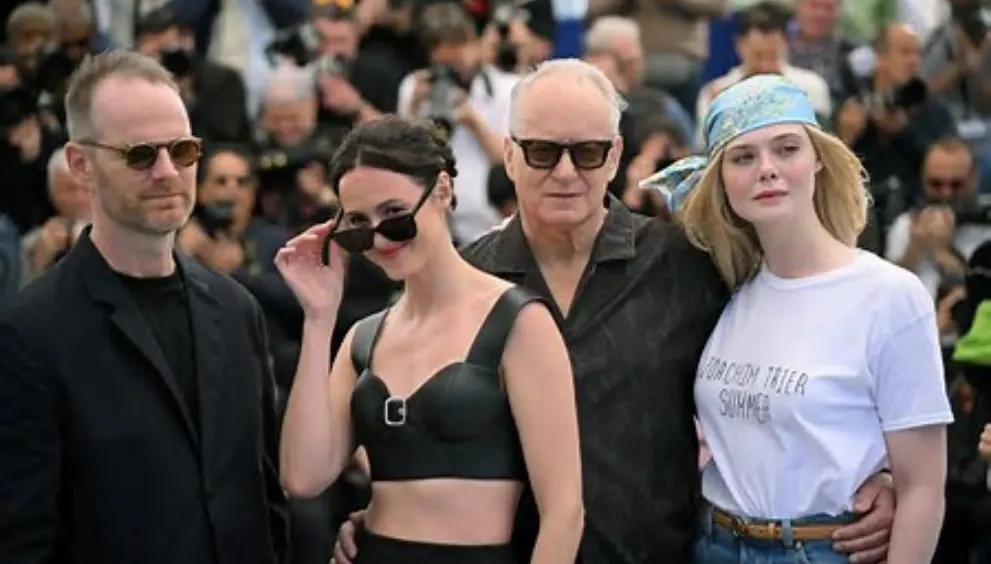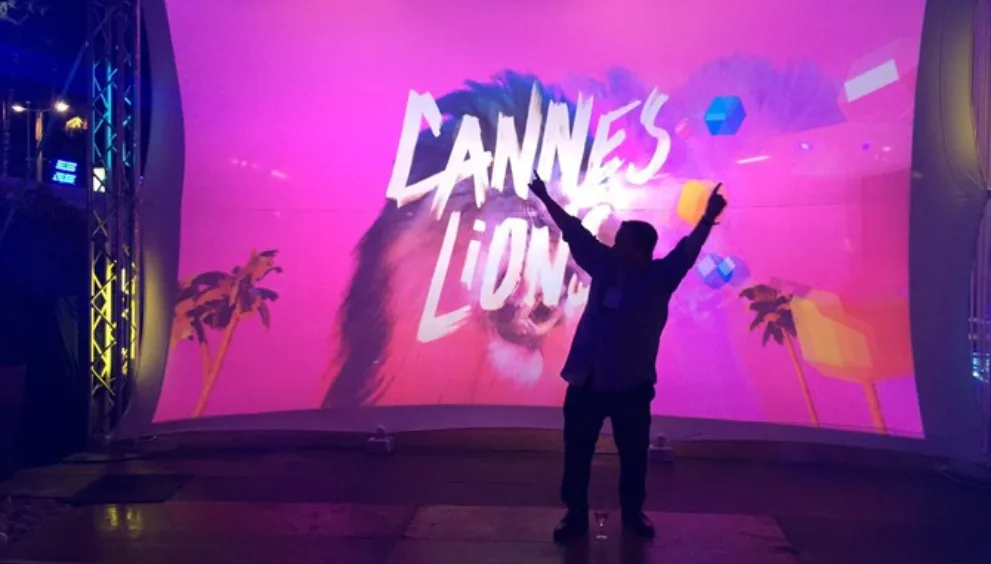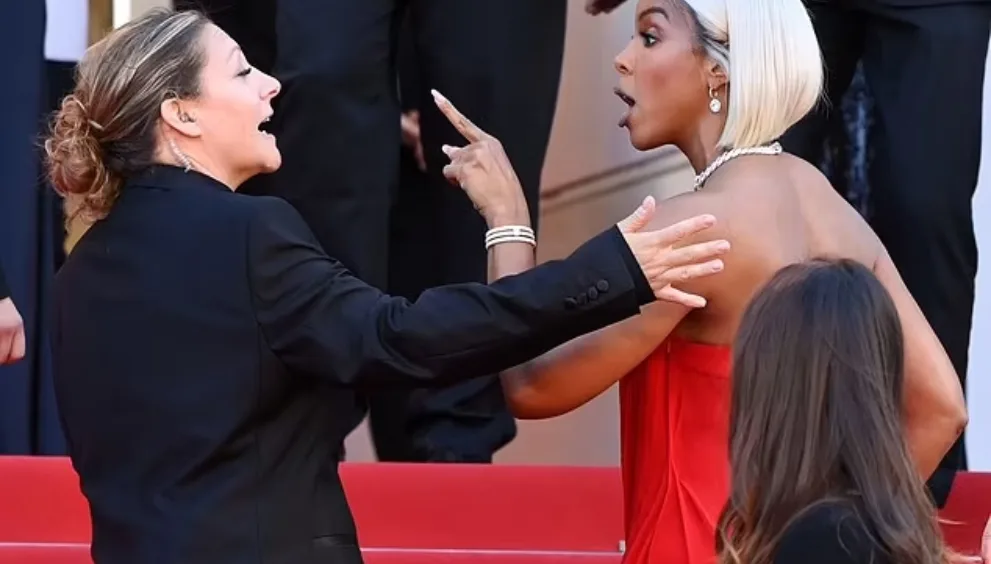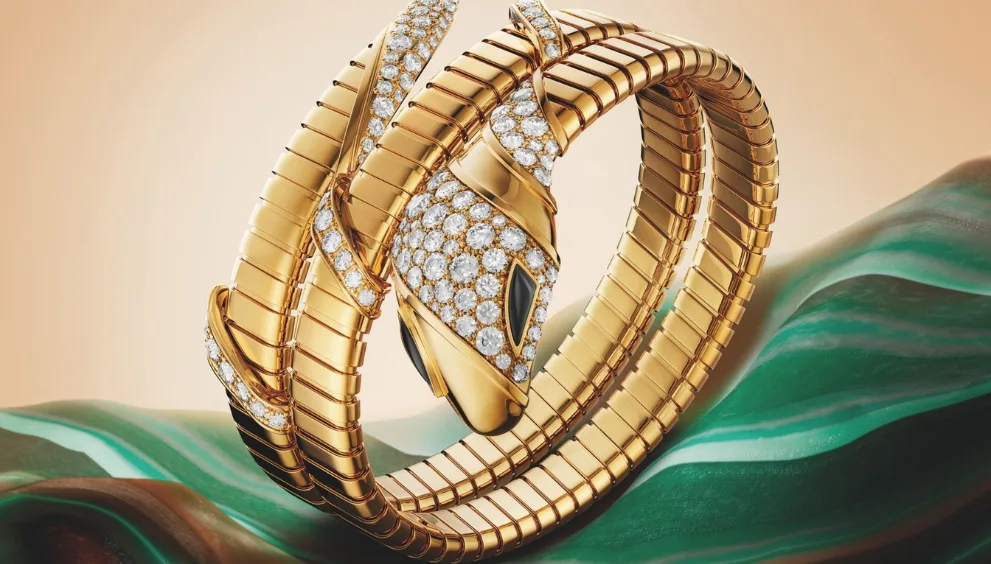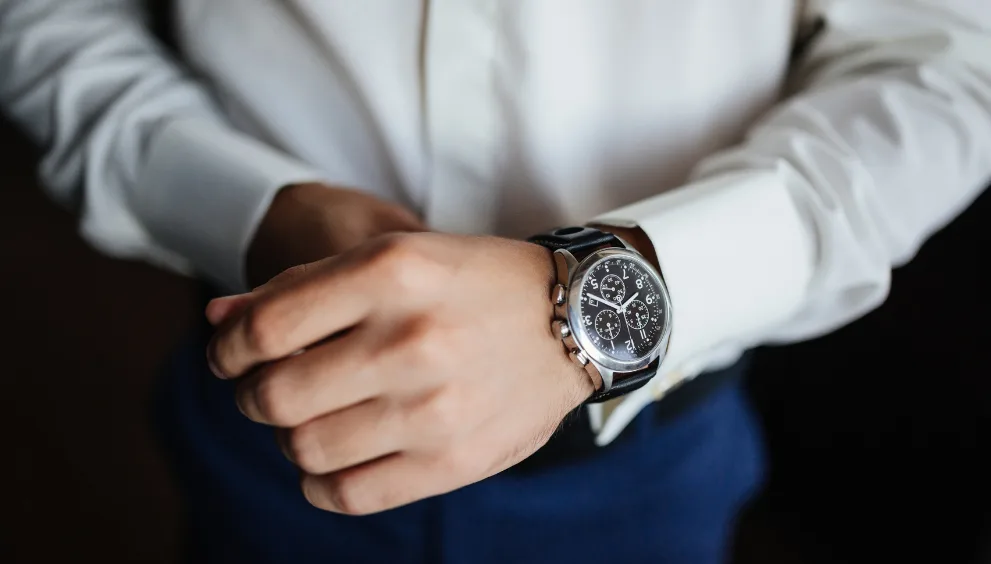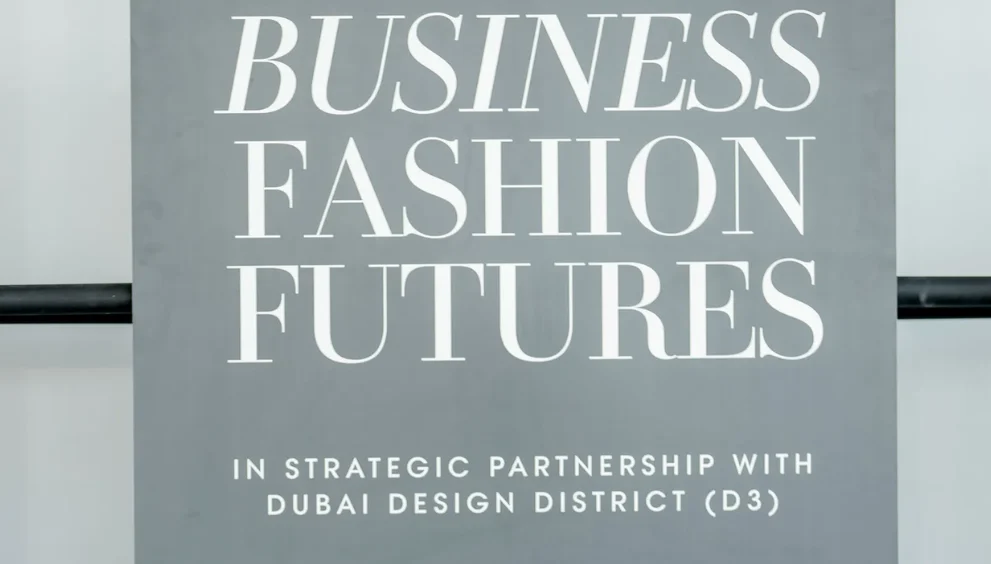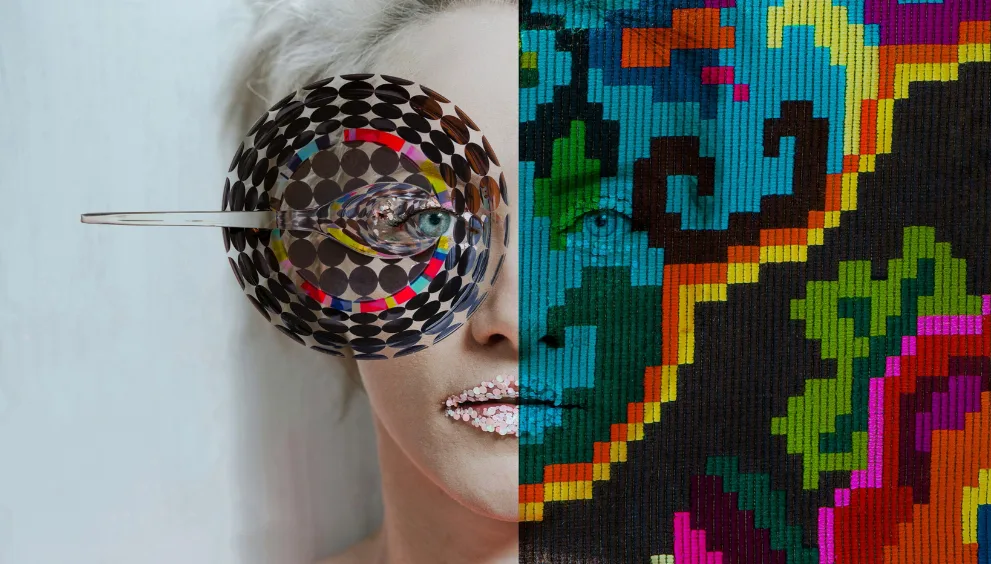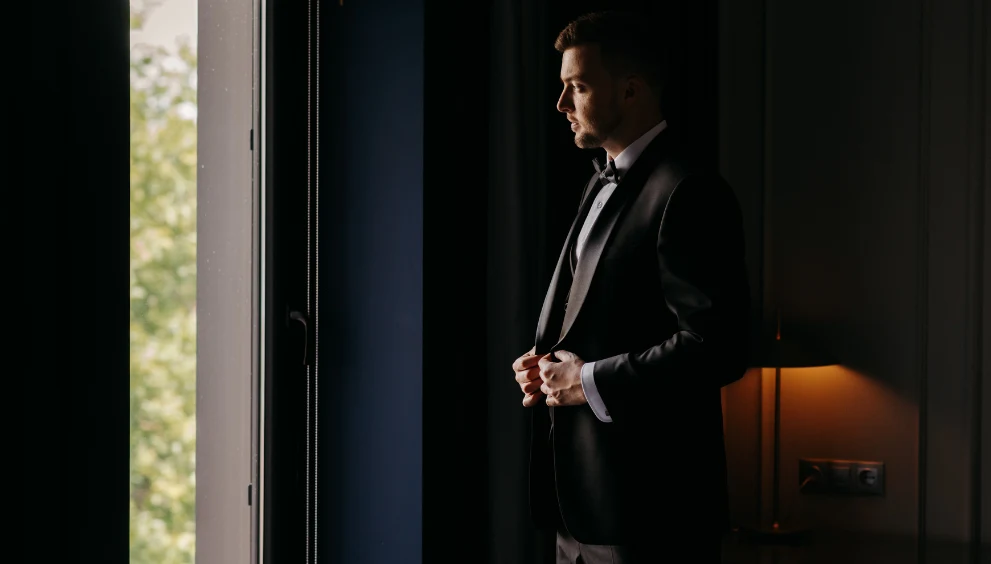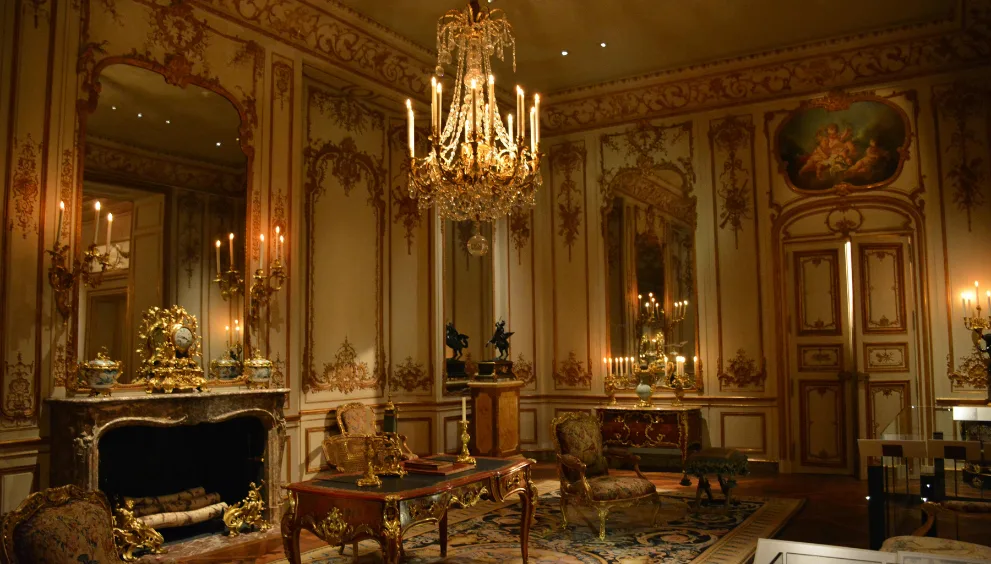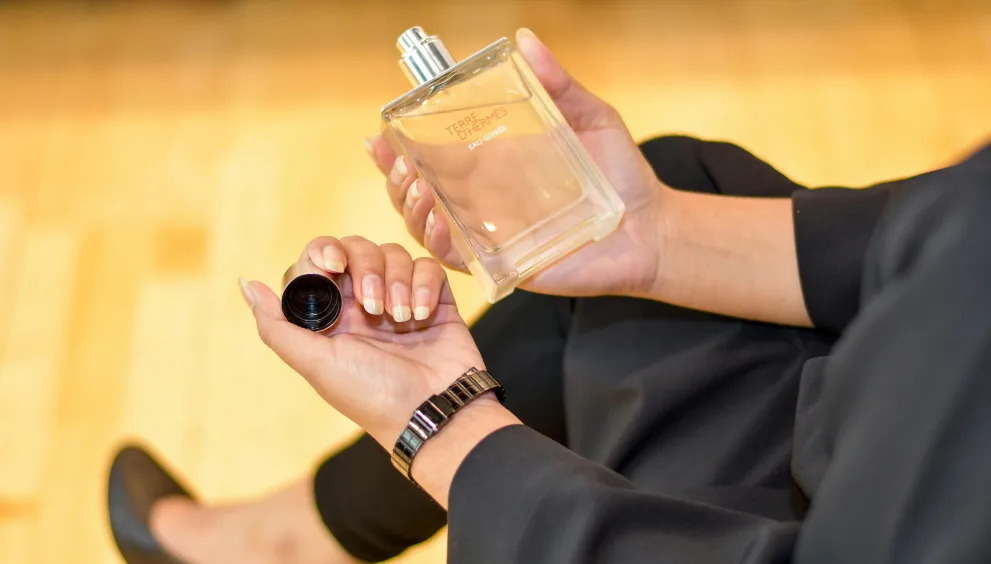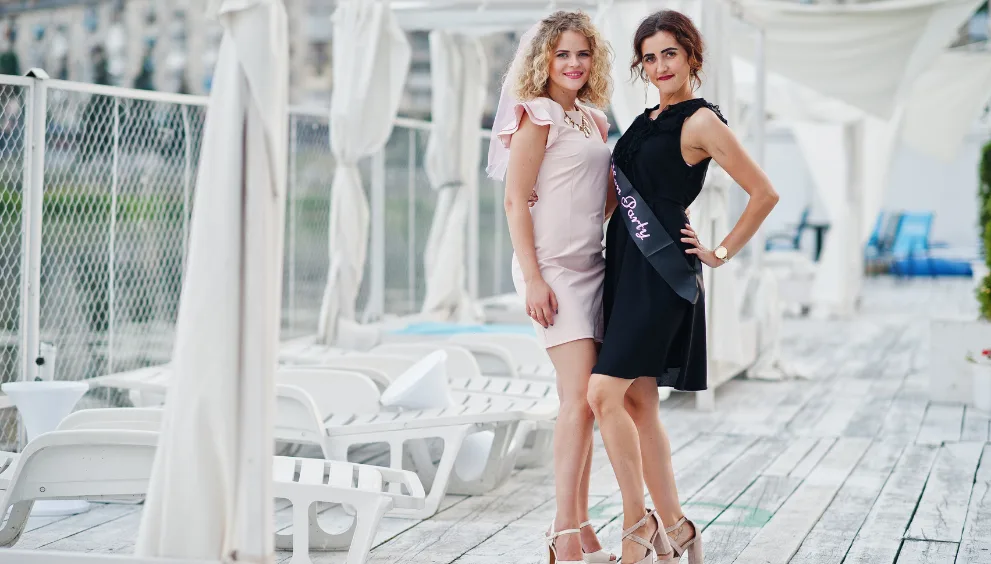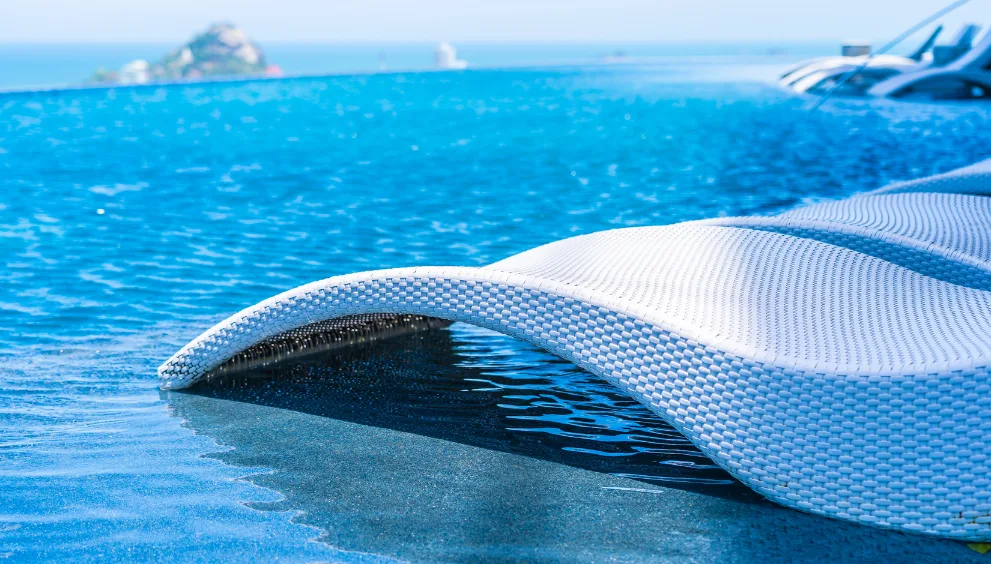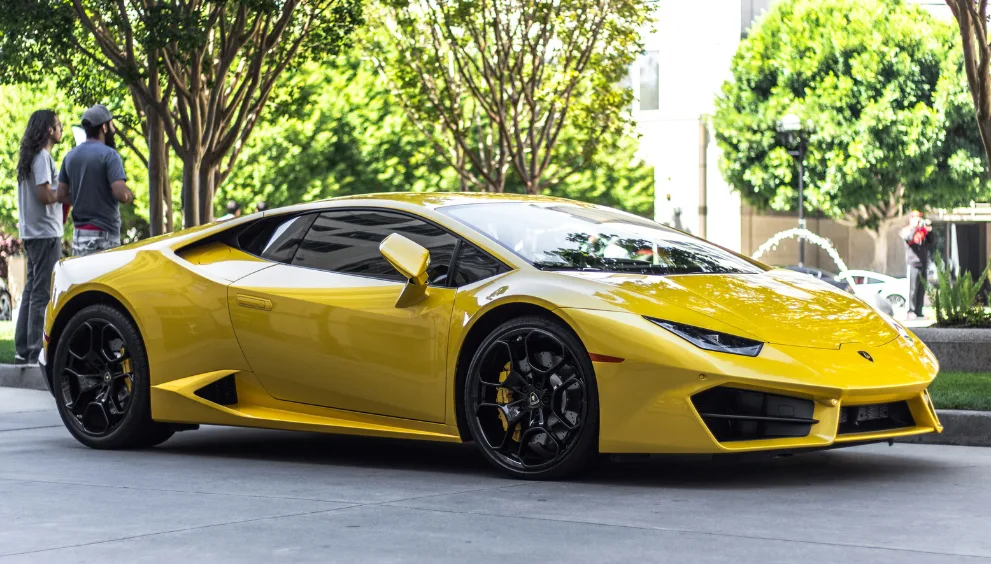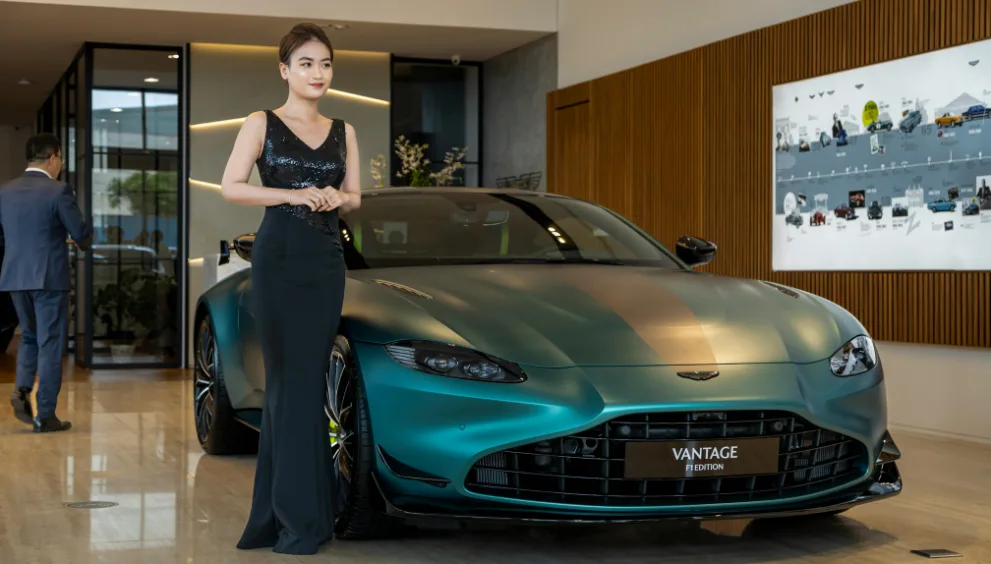Inside Dior: How Maria Grazia Chiuri Is Rewriting Feminine Power in Couture
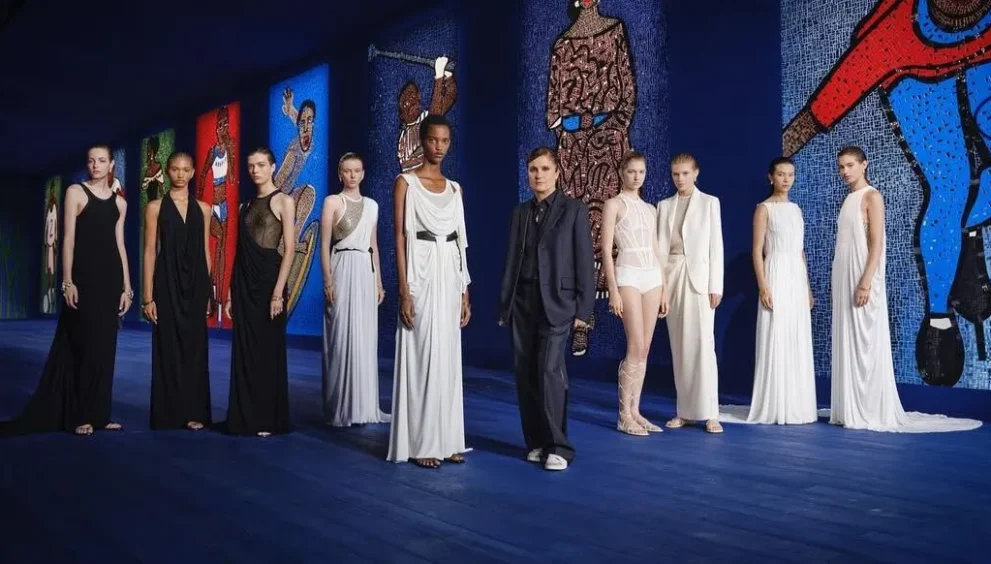
Image Source: Elle
Ladies, grab those glasses of wine and take notes. I am about to tell you how Maria Grazia Chiuri has rewritten the course of fashion. The first woman to head Dior in its entire history, she is the visionary behind Dior’s new identity, pushing forward feminism in every stitch of every collection, even iconically sending models down the runway in t-shirts that said ‘We Should All Be Feminists’.
Her journey is one of resilience, talent, and an unwavering commitment to femininity. Christian Dior himself was a great admirer of femininity, and that was quite evident in his designs. He created great fashion for women, and Maria Grazia Chiuri has continued that legacy in the revolutionary form of Feminist fashion.
In an interview with Conde Nast International Luxury Conference, Maria Grazia Chiuri said, “The Dior woman can be feminine in a strong way, I want to show [the women] behind my job. I am not alone—in the atelier and the archives, many women work in the house. It’s important to show what’s inside.”
In another interview, she also said that the struggles of our past are something to remember, to keep alive and cherish, just like feminism, where we should fight for our rights, for women’s rights and defend them every day. To her, Feminist fashion is a way of expressing emotions and thoughts, to reveal the turmoils faced by women everywhere, every day.
So through her work, she hopes to portray as much as feminist power as she can, bringing together powerful, beautiful, and strong women of the industry like Natalie Portman, Sharon Stone, Jisoo, Jennifer Lawrence, Rihanna, Cara Delevingne and Mila Kunis who can showcase the Feminist fashion vision of Maria Grazia Chiuri.
Maria Grazia Chiuri explains that her idea was drawn from the once-female literary and artistic salons that Paris was famous for, and with that, to create a global sisterhood within a luxury fashion house and break the stereotypical male gaze in fashion.
Her first collection in 2016 made an unforgettable statement: the opening look featured a model in a skirt and a t-shirt emblazoned with the phrase “We Should All Be Feminists,” taken from Chimamanda Ngozi Adichie’s 2014 essay of the same name. A t-shirt at Dior? Supporting a rising feminist movement?
It was a bold, unprecedented move — but it resonated powerfully, spreading like wildfire across social media and stirring a conversation that was ultimately beneficial to the cause.
“It’s impossible not to be political and a designer now,” Maria Grazia Chiuri says in an Interview based on her role. “People think that fashion is only about clothes, and that it doesn’t relate to the female body.
There is an idea of fashion that is very superficial, very fun, and something to be enjoyed, which can be true, but I started to work in fashion because it was about having the freedom to express myself and to choose how I wanted to represent myself.” It’s a sentiment that couldn’t be more accurate.
Many still view fashion as simply about appearances, but it’s far more profound. It’s about what clothes represent, what the designer or artist felt while creating them, and the emotions and stories stitched into every seam.
What does feminist fashion truly represent? Is it freedom? Power?
Maria Grazia Chiuri simplifies it by noting that male designers and artists are often hailed as creative geniuses, while women designers are typically recognised for their commerciality and pragmatic approach, seen as business-minded rather than creative icons. “In my view, Gabrielle Chanel was a revolutionary because she created the modern woman,” says Maria Grazia Chiuri.
She acknowledges that Chanel revolutionised fashion, not just with her ideas of what women could wear, but with her vision of what a woman could be. Her SS23 collection for Dior was inspired by Italian-born French queen Catherine de’ Medici of the 16th century, who was a powerful female figure.
The collection included platform heels, corsets and Italian lace, which was one of her strongest collections because it contrasted dramatic silhouettes with delicate lace, a blend of power dressing and feminism, the perfect example of Feminist fashion.
Maria Grazia Chiuri said that she doesn’t feel the power, and that the fact that one woman has all the power or even one man would not sit right; instead, the power should be for the service of others. Therefore, Feminist fashion is not exactly power, it is a service to women, who are encouraged through it and given the tools to harness that power and make themselves heard and seen.
Maria Grazia Chiuri has taken Haute Couture to new heights, testing its boundaries, with new ideas and thoughts. She is part of revolutionary Feminist fashion. Although she is not the only one in Dior history to celebrate women, Christian Dior himself, as well as every director after him, loved and celebrated women.
Yves Saint Laurent, after Christian Dior, whose first collection for Dior, ‘Trapeze’, showcased young talent and femininity. Marc Bohen, following YSL, created iconic lines like Miss Dior, Baby Dior, and Dior Homme, famously stating, “Don’t Forget The Woman.”
Then Gianfranco Ferre created the iconic Lady Dior bag, John Galliano with his remarkable collection, “Le Bal des Artistes”, that featured nightgowns that combined history with the modern era. Lastly, Maria Grazia Chiuri has done so much more for Dior and will continue to influence fashion with her strong views, taking Dior’s identity to fabulous heights.



